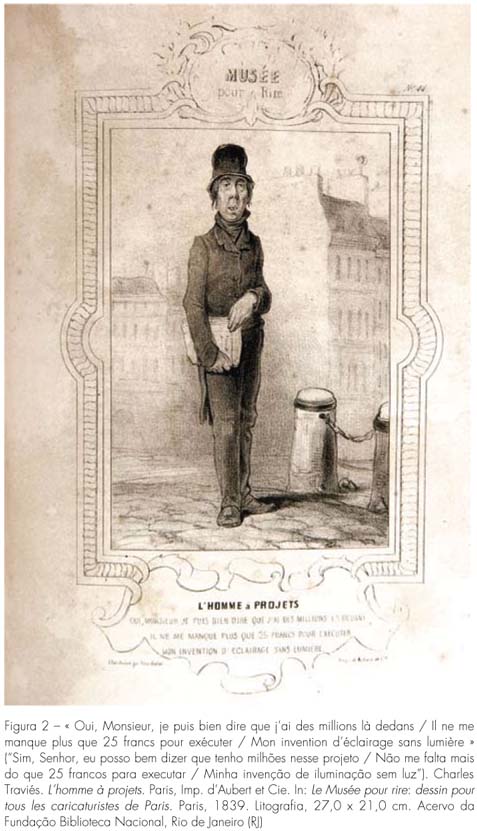This paper presents and contextualizes mail never published before found in the Centre des Archives Diplomatiques de Nantes (France) about the invention of the "polygraphy" by the Frenchman Antoine Hercule Romuald Florence (1804-1879). In 1831, Florence was living in the village of São Carlos, Brazil, nowadays a city called Campinas, when he forwarded to the Ministry of Interior of France a request for a reward for having developed a multifunctional printing process. He never received any answer from the French government. Nevertheless, he dedicated the rest of his life to other inventions and experiments, among them photography. He left as legacy reports on such initiatives and on his frustration for not being recognized in his home country as the first one to conceive them. Celebrated in his time as the inventor of the daguerreotype, the first photographic process known worldwide, Louis Jacques Mandé Daguerre (1787-1851) also faced criticism in his home country, and only recently started being redeemed by French historiography. Florence, for his turn, is recognized nowadays in Brazil and abroad, as one of the several inventors of photographic processes, along with Daguerre himself. The life stories and biographic accounts of Florence and Daguerre give us an opportunity to compare sociability networks, valorization strategies and ways of recognition of two of 19th century "men of inventions" which lived in very different cultural contexts but, at the same time, interconnected.
Inventors; Hercule Florence; Louis Jacques Mandé Daguerre; Polygraphy; Daguerreotype; Photography







